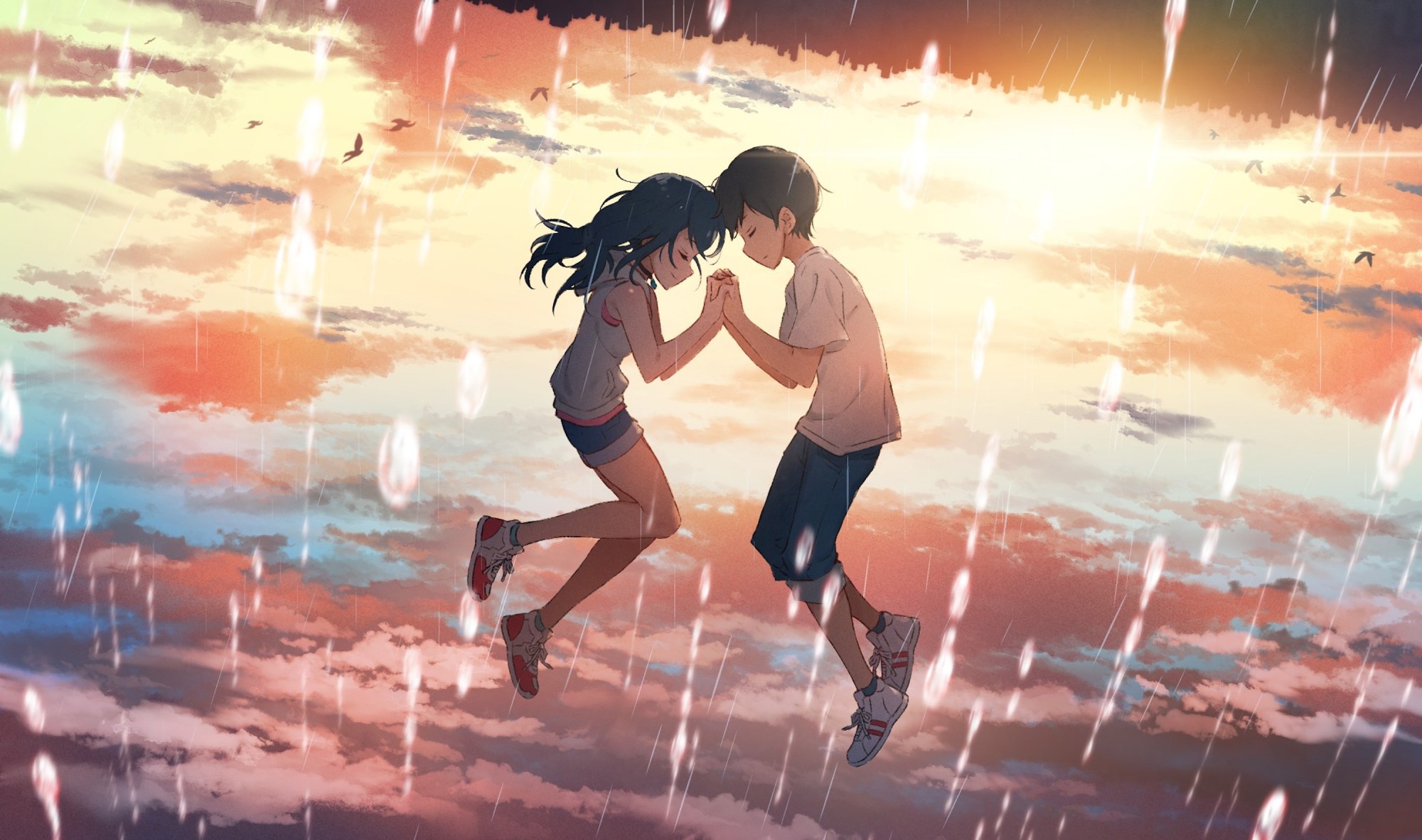Given the spike in time spent indoors, at least we can take comfort in the treasure trove of Studio Ghibli movies that just landed on Netflix. But rather than simply providing respite from the crisis unfolding on our doorsteps, there are numerous lessons to be learnt from these animations. The studio often infuses complex mythology with a strong environmentalist ethos through its films and, in a world besieged by wildfires and floods, the themes in their films are now more prescient than ever.
Among the iconic Studio Ghibli movies released on Netflix in March, Princess Mononoke is perhaps Hayao Miyazaki’s best known film, and his most vehement critique of pollution and urbanisation. The film is epic in scope, depicting a brutal war between the gunsmiths of Irontown and the gods of the surrounding mountains. By clearing the forest to make way for industrialisation, the villagers threaten the environment’s equilibrium. Wounded by a bullet, boar god Nago mutates into a demon oozing a toxic pollutant that contaminates the film’s hero with a deadly curse.
Princess Mononoke breaks the complexities of the climate crisis down to a simple cause and effect: when the people of Irontown threaten the environment, nature self-destructs, and everyone suffers. The film’s verdant green forests and towering, primordial mountains are gorgeously rendered. Princess Mononoke’s violence paints a grim picture of nature dying at the hands of an arrogant human army, intent on harvesting its beauty as fuel.
My Neighbour Totoro is a charming, eco-friendly fable set in a more peaceful world. Hayao Miyazaki imbues the film’s rolling fields and dappled woods with a vivid, childlike wonder. Totoro is the forest’s protector, both mighty and benevolent. He sleeps in a sacred camphor tree and his roars summon great gusts of wind, yet he’s also a cute, cuddly friend to sisters Satsuki and Mei. The character draws on Shintoism, a Japanese belief system that revolves around ‘kami’ — guardian spirits said to inhabit all elements of the natural world. Satsuki offers Totoro an umbrella during a rainstorm, and he gives her seeds in return, which sprout into budding green shoots. Their simple friendship symbolises the harmony of a balanced relationship between people and the environment.
Throughout, the films of Studio Ghibli posit respect for the planet as fundamental to survival. In Nausicaä of the Valley of the Wind, the world is post-apocalyptic and largely uninhabitable. The film’s antagonists are planning to release a biochemical weapon to scorch the toxic jungle that prevents humans from rebuilding society — a pretty questionable environmental policy when their civilisation originally crumbled during a human-provoked Armageddon. Princess Nausicaä is the only one with the patience to search for an alternative. Experimenting in her secret arboretum, she discovers that poisonous plants are cleansing the soil they grow in, paving the way for nature to rejuvenate itself. Nausicaä leads her people to help the earth heal and her boldness is epic inspiration for environmental activists.
Studio Ghibli has built a strong canon of filmmaking around the idea of protecting nature. But as wildfires darken the skies above Sydney and floods devastate homes across the UK, the concept of a benevolent earth has already been corrupted by human carelessness. Into this word comes Makoto Shinkai’s film Weathering With You, a high-concept fantasy that fuses a star-crossed love story with the kind of storm-swept peril that no longer seems farfetched. Prior to this, the director established himself as a successful filmmaker in 2016 with runaway success Your Name, a cute body-swap romance that unspooled into a sweeping story of second chances and errant shooting stars.
Many have dubbed Makoto Shinkai the next Hayao Miyazaki, with both directors sharing an affinity for poignant storytelling and a nose for box office success: Your Name is currently the highest-grossing anime film of all time, a title previously held by Miyazaki’s cult classic Spirited Away.
Weathering With You has seen similar success, becoming Japan’s biggest box office hit of 2019, and earning £151 million worldwide to date. The film follows the story of runaway teenager Hodaka and his friendship with Hina, an orphaned girl who possesses a secret but powerful skill — to part the clouds and bring sunlight to rain-drenched Tokyo. During the wettest summer on record, they team up to channel the magic into a maverick money-making scheme: summoning blue skies for weddings and festivals at around £25 a sunbeam. But Hina’s mythic ‘sun girl’ powers can’t last forever.
The film offers an intriguing counterpoint to Hayao’s environmentalism. It’s the people, not the planet, that suffer here. Makoto presents a dangerous, indifferent weather system that has crushed the spirits of the people trudging through Tokyo’s soaked streets. Nobody is making any effort to shore up the city’s flood defences, nor do people think to panic until it starts snowing in August. “I feel sorry for children nowadays. We used to have beautiful springs and summers,” one character comments, yet the adults aren’t offering any answers.
Instead of driving the story towards a moral awakening, Makoto subverts the narrative around the climate crisis, shifting it from universal to personal. Hodaka and Hina are utterly alone against the world. While she has lost her parents, we get a subtle sense that Hodaka is seeking refuge from his. Their future is as fragile as our own, and they hold onto each other as they face the storm.
As young people around the globe demand action against the climate crisis, Weathering With You echoes the anger and anxiety fuelling protests. In the end, the choice Hodaka and Hina make both defies the adult world that has let them down and symbolises the strength of human resilience in the face of the environment’s might. In the final scene, Makoto lingers on the pair standing together surrounded by swirling cherry blossoms; a bittersweet promise of hope.
